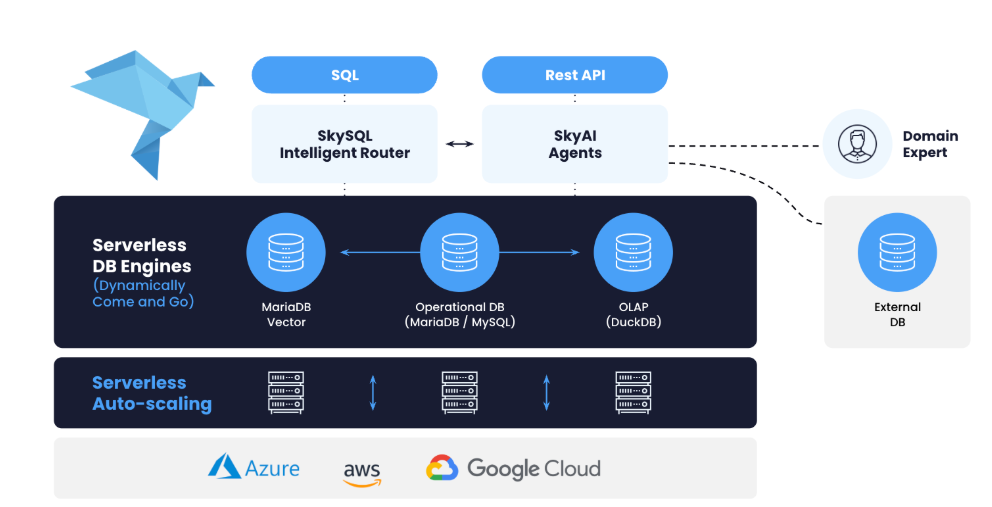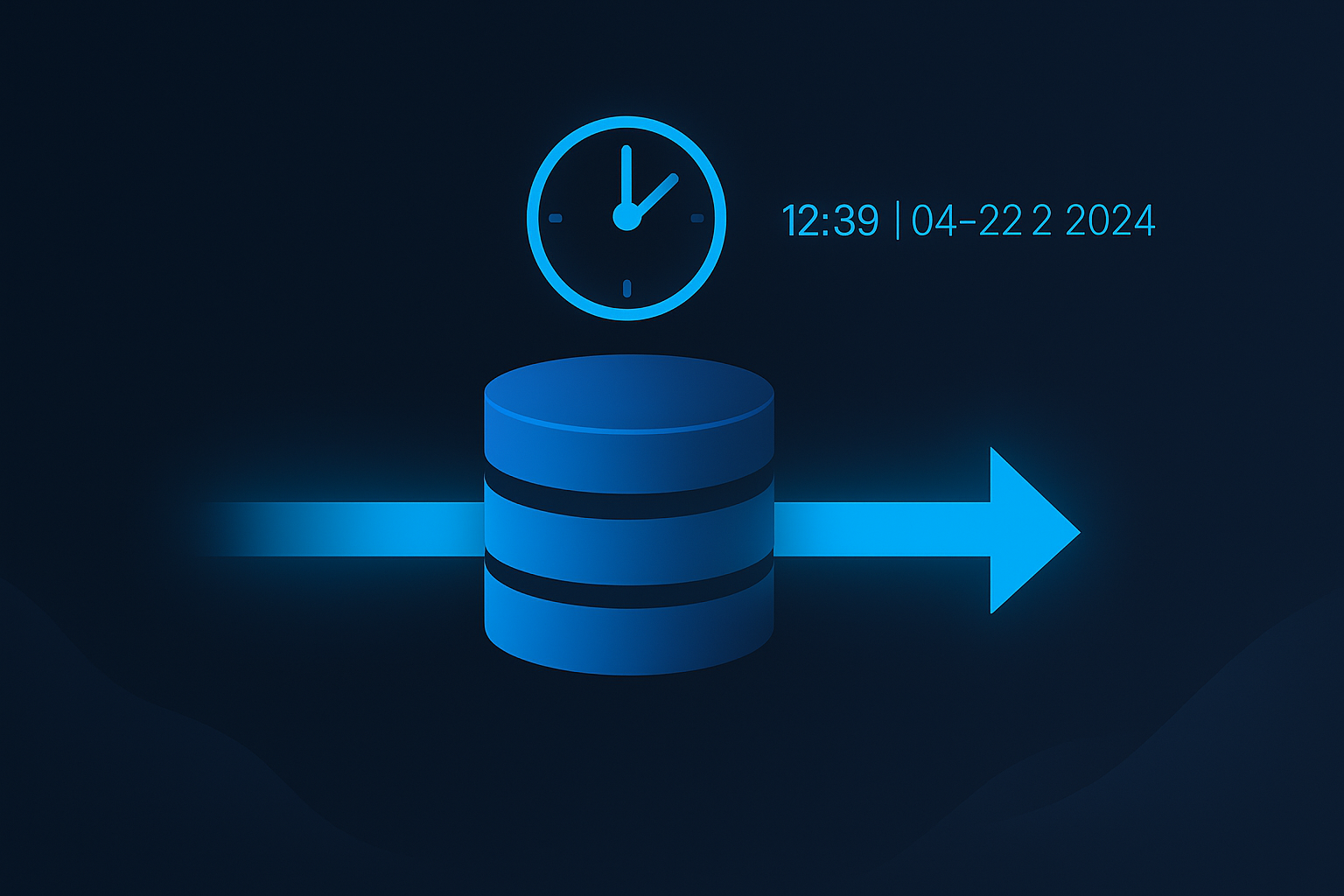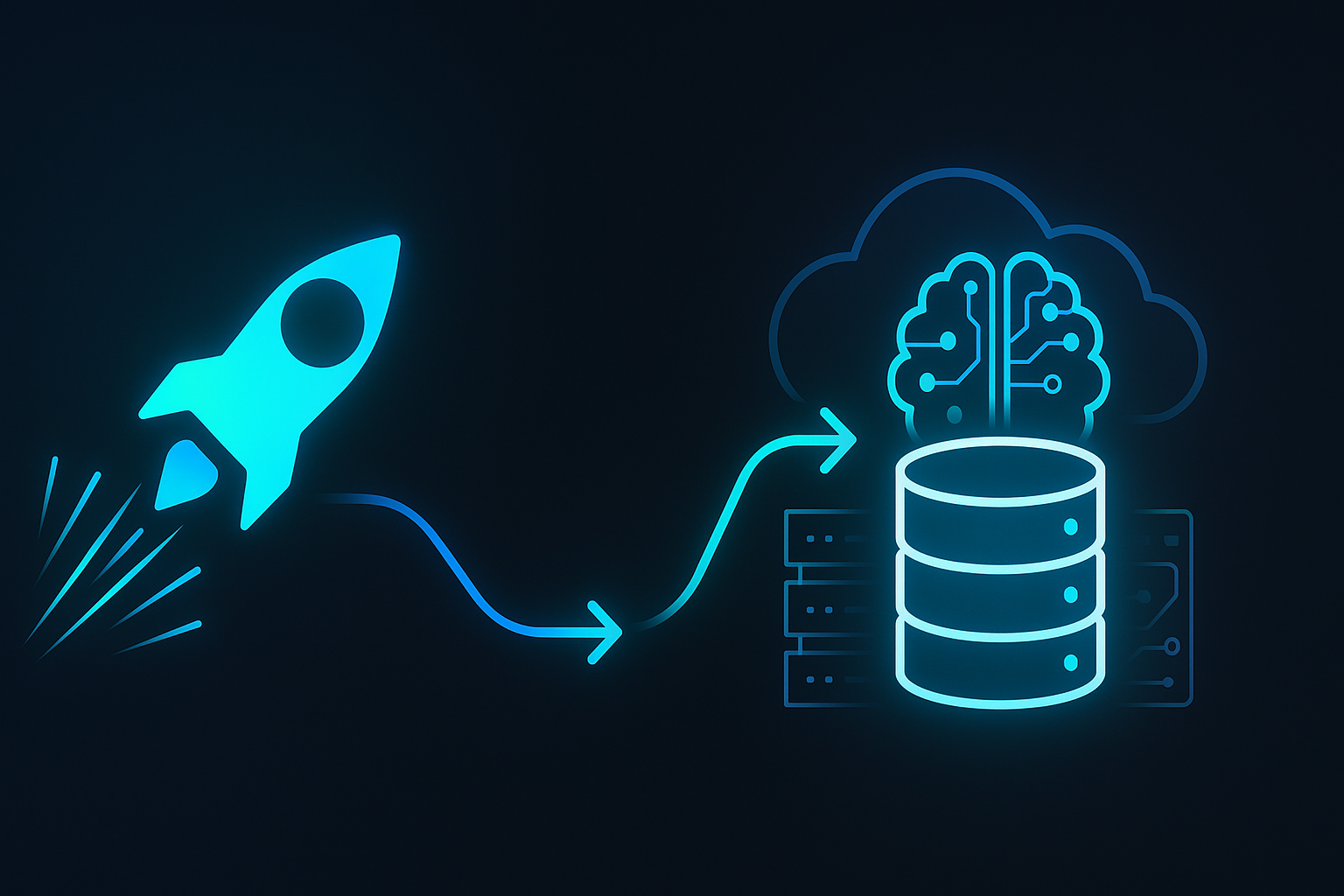AI is Reshaping Enterprise Apps – Your Database Isn’t Ready
March 28, 2025

Enterprise application development is being fundamentally disrupted by generative AI. Tools now exist that can generate and deploy working applications from a simple prompt in seconds. No-code and low-code AI app builders are collapsing the time between idea and production deployment.
This shift places unprecedented demands on infrastructure, particularly on databases. Traditional cloud database services were built for stable, long-lived workloads. They assume provisioning is a deliberate act, not something that must happen instantly. But when applications are spun up on demand and discarded just as quickly, databases must provision in milliseconds, scale elastically, and pause completely when idle. Anything slower or more rigid becomes a bottleneck.
The Shift in UX: Hyper-Personalized, Natural-Language, and Multi-Modal Interfaces
AI is changing not just how apps are built but also how people interact with them. The user experience is shifting away from static dashboards and rigid workflows toward dynamic, context-aware interfaces that are increasingly conversational and multi-modal. In this new model, users won’t just navigate menus or click through filters… they’ll ask questions, upload images, or speak commands and expect systems to understand their intent.
Take a manufacturing example. Instead of digging through a dashboard, a plant manager might ask, “Which production line has the highest rate of defects over the past month, and are they correlated with any specific machine configurations?” Or they might snap a photo of a faulty component and ask, “Have we seen this issue before, and is it linked to any recurring patterns in machine settings?” The expectation is a precise, context-rich response, grounded in operational data and increasingly, in sensor, image, and text records all at once.
This is now possible, but only if the underlying database can interpret and process complex, free-form questions with precision and context-awareness. To do that, it must capture business semantics… not just schema and data types, but the meaning behind how data is modeled and used. Vector search plays a key role here, enabling the system to match intent to data even when the query language doesn’t align exactly with column names or values, an essential capability for natural language interfaces.
Enterprise Agents Must Query Operational Data Reliably
Another transformation underway is the rise of enterprise AI agents: task-specific assistants that automate or augment specific business workflows. Whether it’s a legal assistant pulling relevant case documents or a customer support agent summarizing a user’s history, these agents are only useful if they can interact directly and accurately with operational data.
Unlike traditional apps that can rely on hardcoded queries, intelligent agents must determine what data they need and how to access it, without explicit SQL or developer instructions. Business-level questions need to be dynamically mapped to database constructs, which requires a deep, contextual understanding of the schema, relationships, and semantics. Off-the-shelf text-to-SQL solutions simply don’t work here; they lack the context and domain awareness needed to generate accurate, trustworthy queries. This is where generic AI agents often fall short: translating natural language into precise, executable logic is non-trivial, especially when accuracy and determinism are non-negotiable.
The most reliable approach is to embed intelligent agents directly within the cloud database service so that query translation and context interpretation are grounded in the schema, metadata, and logic of the underlying data. But since metadata alone rarely captures the full semantic context, human-in-the-loop expert curation is essential. It ensures these agents understand the intent and meaning behind how data is modeled and used, context that isn’t explicitly encoded but is critical for delivering accurate, trustworthy results.
Supporting Diverse Workloads: Transactions, Analytics, and Semantics
As interaction models and agent behaviors evolve, so do the query patterns. A single user session may begin with a transactional request, shift into a trend analysis, and finish with a semantic search. For example, a finance manager might start by checking, “What were today’s cash receipts?” (transactional), follow up with, “How has cash flow trended over the past six months?” (analytical), and then ask, “Find other accounts with issues similar to this payment dispute.” (semantic).
Supporting this fluidity demands more than bolting on capabilities. It requires a service architecture that can route each query to the right engine. Transactional queries need a performant OLTP engine, while analytical queries are better handled by OLAP engines and semantic queries require vector indexes and similarity search. Ideally, all of these capabilities are integrated natively, available on-demand, consume resources only when required, and managed automatically.

SkySQL: Purpose-Built for This Moment
SkySQL was designed from the ground up to meet these demands:
Serverless Architecture: SkySQL deploys databases in milliseconds, scales compute and storage instantly, and pauses when idle. This is critical in a world where AI-powered platforms can spin up applications from a prompt in seconds. As app lifecycles become shorter and more bursty, customers need a database that matches that pace and only charges for what’s used.
SkyAI Agents: These semi-autonomous agents combine schema and metadata awareness with human-in-the-loop expert curation, using a simple no-code UI to capture the full semantic context of the data. They enable accurate natural-language queries over operational data through a conversational API, and can connect to SkySQL or customer-managed databases to power intuitive, AI-driven interfaces.
Vector Database Integration: SkySQL natively supports semantic search via MariaDB’s integrated vector capabilities, enabling queries that combine traditional filters with similarity search. MariaDB Vector delivers 2.5–4x better performance on ANN benchmarks compared to pgvector.
Analytics Engine Integration: SkySQL will support on-demand OLAP workloads using in-memory analytics engines like DuckDB, enabling seamless execution of analytical queries without sacrificing performance or requiring over-provisioning.
AI is reshaping how software is built and used. Cloud database services must evolve in lockstep. SkySQL is doing just that—combining serverless infrastructure, embedded intelligence, and workload-aware execution into a single, modern cloud database service built for the GenAI era.
Start Building Today—For Free
Ready to try it yourself? With SkySQL’s free serverless developer tier, you can deploy your AI-powered cloud database instantly. No credit card. No provisioning. Just launch, connect your app, and query.
Get started with SkySQL serverless
Read our blogs on how SkySQL AI database agents work and what sets SkySQL serverless apart.





